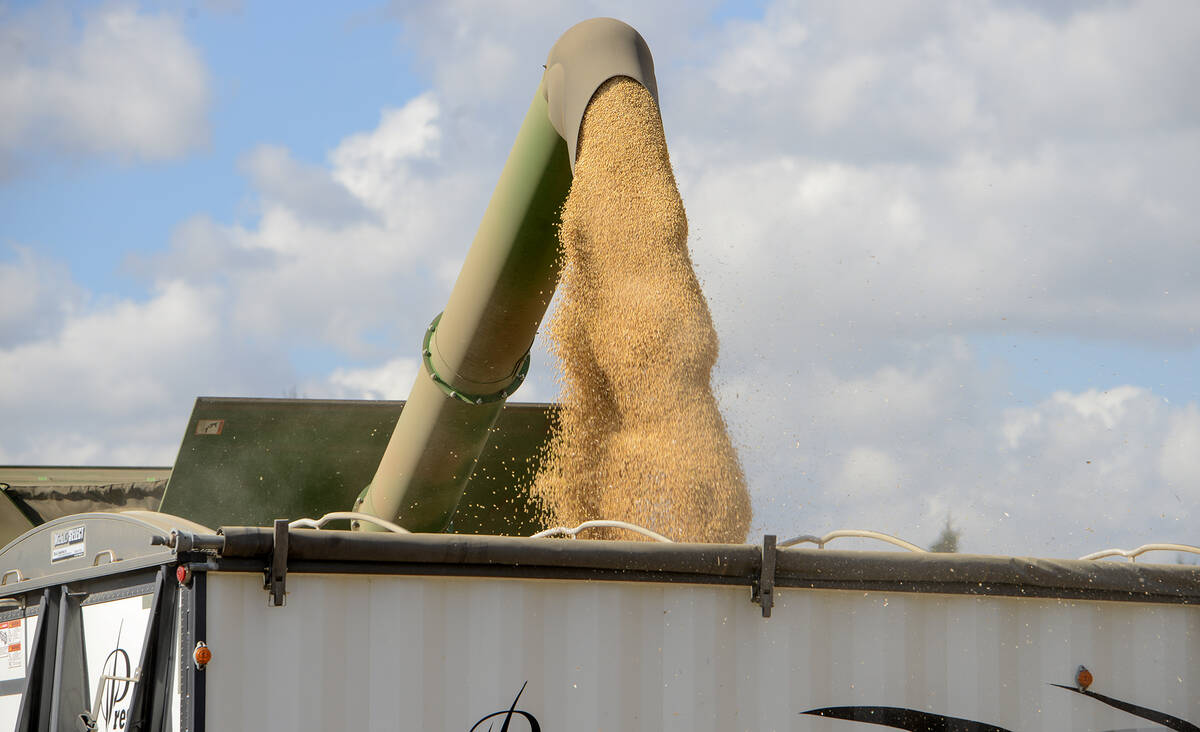The New Year is only a few days old, but it already looks like 2024 will be eventful.
Both a leap year and an Olympic year, this year will see more than 40 countries hold federal elections. Ongoing conflicts in Ukraine and the Middle East are also expected to grab headlines.
No two years are the same. Change is inevitable, whether by circumstance or resolution. Canola is hoping for both.
Read Also

Grain markets hungry for U.S. data
The U.S. government shutdown meant that futures markets were left without robust grain supply information
At the start of 2023, canola prices were approximately $200 per tonne more than they were at the end of the year, despite slightly higher crush margins and similar Canadian dollar values. At the time, canola growers were still recovering from the 2021 drought and Russia’s invasion of Ukraine was less than a year old, but other factors created a roller-coaster of a year.
Russia said yes and no to the Black Sea Grain Initiative. A cool spring, a strong Canadian dollar in early summer and a record-breaking soybean crop in Brazil brought prices down to $615/tonne. Dry and hot mid-summer weather in the Prairies cut Canadian production estimates down to 16 million tonnes and brought prices above $800/tonne.
However, Statistics Canada projected 18.3 million tonnes for 2023-24, only a 370,000-tonne decline from the previous year.
At the end of 2023, canola had its largest net short position ever, at more than 107,000 contracts on Dec. 12. The highest-volume March canola contract, as of Dec. 20, closed below the 20-, 50- and 100-day moving averages at $661.80/tonne.
Canola’s circumstances at the end of 2023 were not ideal, but they provide a springboard for big boosts in 2024.
El Niño brought mild winter temperatures and little precipitation to the Prairies, conditions expected to persist until April. Some areas of southern Alberta and western Saskatchewan had more severe drought conditions on Nov. 30 than they had in November 2020, mere months before the 2021 drought.
In South America, Brazil’s prospects of a second record-breaking soybean crop are fading away due to dryness in the north and wetness in the south. Argentina is expecting a 53 million-tonne soybean crop, 19 million more than the previous year’s drought-stricken crop.
If newly elected Argentinean president Javier Milei follows through on devaluing the peso, soybeans will look more attractive in a market already hungry for more crush capacity and biofuels.
The Bank of Canada announced last month that key interest rate cuts might not be expected until the second half of 2024. When they happen, the lower loonie will also make canola look more attractive.
But will prices be high enough to convince producers to grow canola instead of spring wheat or other crops?
Canola may be mired in a New Year’s hangover, but it might have the resolve to get itself out of it, under the right circumstances.
















